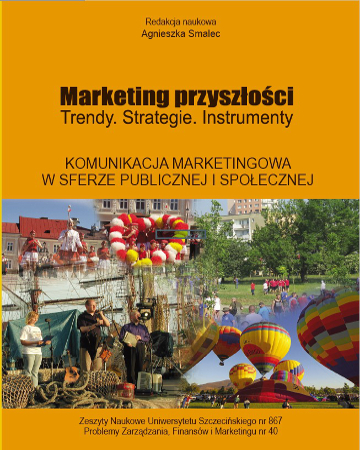
ISSN: 1509-0507
eISSN: 2353-2874
OAI
DOI: 10.18276/pzfm.2015.40-07



Issue archive /
ZN 867 PZFiM nr 40
Budownictwo pasywne elementem modelu M ekorozwoju oraz filarem wizerunku Wrocławia i Dolnego Śląska
(Passive House Building as an Element of the M Eco-Development Model and the Pillar of Image of Wrocław and Lower Silesia)
| Authors: |
Kornelia
Kwiecińska
Politechnika Wrocławska Łukasz Szałata Politechnika Wrocławska Kamil Wiśniewski Polski Instytut Budownictwa Pasywnego i Energii Odnawialnej w Gdańsku Jerzy Zwoździak Instytut Meteorologii i Gospodarki Wodnej w Warszawie |
| Keywords: | green roofs passive building renewable energy sources sustainable development the regional brand M Model |
| Data publikacji całości: | 2015 |
| Page range: | 16 (83-98) |
Abstract
The European Union Strategy 2020 requirements on increasing production of electricity, heat and cooling from renewable energy sources by 15%, as well as constant environment quality improvement are a big challenge, both for the City of Wroclaw and the Lower Silesia Region and for the whole Country. The authors present The City of Wrocław and Lower Silesia Region Sustainable Development "M" Model, which is a new concept including harmonized actions, aimed to reduce carbon dioxide emissions and increase investments in renewable energy sources (RES) and energy efficient / energy plus construction. Developing a multi-dimensional, dynamic Sustainable Development "M" Model is a complex process, characterized by an individual approach. Solutions presented in this paper, create an ecological image of the region, taking into account the principles of sustainable development of the city and regional challenges in the perspective of 2020.
Bibliography
| 1. | Endenergieverbrauch nach Energieträgern und Sektoren, Umweltbundesamt, Stand 02/2012AG – Energiebilanzen e.V., Auswertungstabellen zur Energiebilanz für die Bundesrepublik Deutschland 1990–2009, Stand 03/2011. |
| 2. | Feist W., Schlagowski G., Podstawy budownictwa pasywnego, Polski Instytut Budownictwa Pasywnego, Gdańsk 2009. |
| 3. | Glaeser E., Motory postępu, „Scientific American. Świat Nauki” 2011, nr 10. |
| 4. | Rogall H., Ekonomia zrównoważonego rozwoju – teoria i praktyka, Wyd. Zysk i S-ka, Poznań 2010. |
| 5. | Rosenzweig C., Klimat lokalny, klimat globalny, „Scientific American. Świat Nauki” 2011, nr 10. |
| 6. | Szałata Ł., Kwiecińska K., Zwoździak J., Model ekorozwoju Wrocławia i Dolnego Śląska w aspekcie odnawialnych źródeł energii i elementów budownictwa energooszczędnego, w: Kierunki rozwoju budownictwa energooszczędnego i wykorzystania odnawialnych źródeł energii na terenie Dolnego Śląska, red. A. Bać, J. Kasperski, Oficyna Wydawnicza Politechniki Wrocławskiej, Wrocław 2013. |
| 7. | Zwoździak J., Szałata Ł., Analiza SWOT jako podstawowe narzędzie w zarządzaniu środowiskiem, „Rocznik Ochrona Środowiska” 2011, t. 13. |